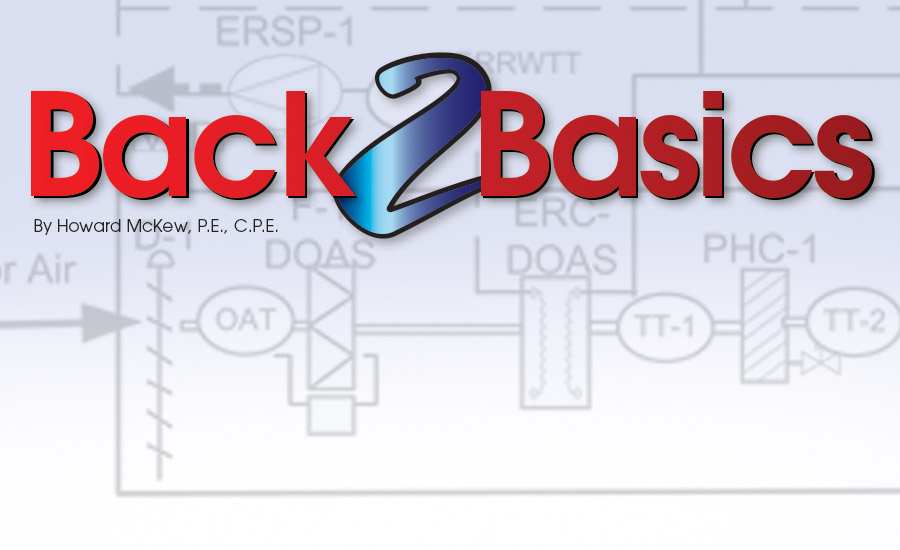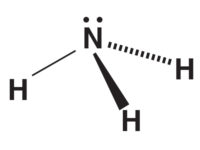Project Delivery Method: Construction Management at Risk (CM) with Guaranteed Maximum Price (GMP)
Owner Team: City school department, local and state agencies
Building Program Committee: Owner representative consultant, city project manager of capital projects, city facility manager (in-house staff), committee chairperson (residents of the city), and committee secretary.
Project Delivery Team:
- CM, project manager, job superintendent, CM’s mechanical-electrical coordinator, city’s boiler service contractor’s technician, state environmental agency representative, demolition consultant engineer, and landscape consulting civil engineer.
Heating Boiler Project Team:
- Heating subcontractor engineer and project manager, heating subcontractor job site foreman, heating subcontractor boiler technician, city’s BAS technician, school’s O&M technician (in-house staff), infection control consultant (IC), heating subcontractor sheet metal foreman for demolition, and a piping foreman for demolition.
Application:
- Educational Facilities Chapter 8, Power Plants Chapter 28, and Demolition.
OWNER’S BUILDING PROGRAM
Project Type:
- Demolition, infrastructure (central heating), energy audit and retrofit, and facility audit and capital project master planning.
References:
- 2019 ASHRAE Handbook – HVAC Applications and 2020 ASHRAE Handbook – HVAC Systems and Equipment.
Other References:
- ASHRAE Procedures for Commercial Building Energy Audits; Construction Management Association of America (CMMA); Association of Facilities Engineering (AFE); International District Energy Association (IDEA); OSHA Standard 29 CFR 1926 Subpart T, Demolition, 1926.850 Preparatory Operations, and 1926.859 Mechanical Demolition; OSHA Standard 29 CFR 1926 Subpart D Occupational Health and Environmental Controls; American National Standards Institute/American Society of Safety Engineers (ANSI/ASSE) A10.6-2006; Safety and Health Program Requirements for Demolition Operations; and National Demolition Association - 2013 Demolition Safety Manual.
DESIGN INTENT DOCUMENT (DID)
Heating Boiler Plant Design Intent:
The demolition of a remote boiler plant is Phase 3 of a school energy audit. Implementation of this audit is designed to furnish and install highly efficient, high-performance condensing boilers within the existing school based on an estimated return on investment to eliminate the antiquated remote steam boiler plant. This city school business plan also included the future use of the demolished remote boiler plant land. The DID focuses herein on the demolition of the existing steam heating system with its 2-LPS boilers, underground insulated steam supply and condensate return pipes, boiler feed pump and receiver set, and boiler plant ventilation system. Much of the equipment and materials shall be recycled. The demolition project will be construction management firm with the project leader subcontracting the services of a demolition contractor, heating subcontractor, and other subcontractors as needed.
BASIS OF DESIGN DOCUMENT (BOD)
The newly completed Phase 2 condenser hot water boiler heating system within the school and this Phase 3 boiler plant demolition design intent was based on the process outlined in ASHRAE Handbook 2020, Chapter 1, HVAC System Analysis and Selection, and shall include the following:
- The owner’s building program goals and additional goals.
- System constraints and constructability constraints. The final BOD is based on a decentralized heating system source eliminating the existing steam-to-hot water heat exchangers within the building and removal of the remote boiler plant to accommodate future growth in the next five to eight years as well as:
- Safe disposal of equipment, piping, insulation, sheet metal, and automatic controls – both localized controls and school BAS control interface and relocation and upgrade of the school’s existing computerized maintenance management software (CMMS) system to the newly created facility management office within the existing school.
Owner’s Program Requirements and the Project Goals:
- Functional goals: (refer to Chapter 1, 2020 Handbook). Budget goals: energy audit costs, budgeted operating cost, and life cycle cost of the Phase 2 condenser boiler installation. Timeline goal: creation of empty site with grass covering the area within six months. Management goals: maintain the empty site for Phase 4 in five to eight years and an environmentally safe and landscaped site.
Recycle Heating System Goals:
- Boilers; pipes, valves, and fittings; insulation; pipe trench covers; boiler-feed pump and receive set; air-handling unit; exhaust fan; sheet metal and registers and grilles; miscellaneous metals; louvers; and automatic control devices and plastic and copper tubing.




